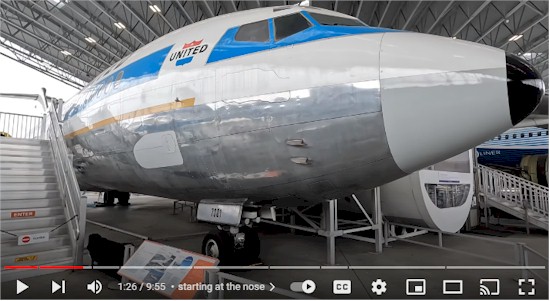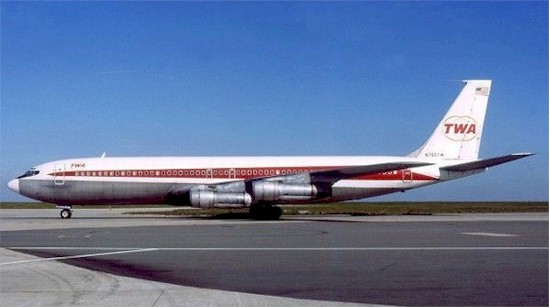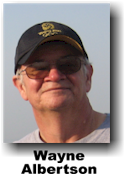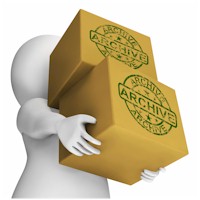|
|
 |
|
We wish to thank everyone for your support of our efforts. |
|
We invite you to visit our website at www.thenetletter.net/netletters to view our archives. Restoration and posting of archive issues is an ongoing project. We hope to post every issue back to the beginning in 1995. |
|
We always welcome feedback about Air Canada (including Jazz and Rouge) from our subscribers who wish to share current events, memories and photographs. Particularly if you have stories to share from one of the legacy airlines: Trans-Canada Air Lines, Canadian Airlines, CP Air, Pacific Western, Maritime Central Airways, Eastern Provincial, Wardair, Nordair, Transair, Air BC, Time Air, Quebecair, Calm Air, NWT Air, Air Alliance, Air Nova, Air Ontario, Air Georgian and all other Canadian based airlines that once graced the Canadian skies. Please feel free to contact us at We will try to post your comments in the next issue but, if not, we will publish it as soon as we can. Thanks! |
|
From the Pionairs U.K. - E.C. district |
|
Our next Christmas Lunch will be held at the 70 High Street, Monument Green, Weybridge, KT13 8BQ Sunday, December 4, 2022. Drinks from 12.30 pm, lunch at 1:00 pm Contact |
|
Explorations Courses – November Schedule All times Eastern Time
Pionairs.ca for full details |
 for the latest posts at the Air Canada Media Centre. for the latest posts at the Air Canada Media Centre. |
 Click the logo to open the Air Canada YouTube channel. Click the logo to open the Air Canada YouTube channel. |
|
A memory by Terry Baker - My one and only flight on a North Star was on October 20, 1957 from Toronto (YYZ) to New York Idlewild airport. At the time, working at LHR, our passes were good for 500 miles, too short for an Atlantic crossing, but, as a concession, we were allowed one return pass to Canada, annually, from where our 500 mile pass applied. Our trip started October 19, 1957 from LHR to YYZ via Goose Bay on a Super Constellation. Return, on October 30, 1957, from New York was a Viscount to YUL then a Super Constellation to LHR. |
|
Story by Jeff Hill ex TWA captain retired. Around the world in the “seven oh seven”. Excerpt reprinted from airfactsjournal.com One of the first large, long range, intercontinental jet airliners to come on the scene in the late 1950s and early 60s was the Boeing 707. For TWA’s most senior pilots, moving from pistons to jets was the biggest transition since the change from visual to instrument flying in the 1930s. Several of our older captains opted to bypass the jets and finish their careers flying the Connie. The younger fellows, on the other hand, could hardly wait to jump into a jet! But for many of us less experienced young bucks the transition was not easy either, as there were many differences and totally new concepts: thrust vs. horsepower and expressed as “EPRs” (Engine Pressure Ratio), making RPM and MAP obsolete; thousands of pounds vs. hundreds of gallons of fuel; high altitude meteorology and Mach buffet vs. stall buffet; spoilers vs. ailerons; split spoilers to control pitch in the event of a jammed stabilizer; Dutch roll, high altitude meteorology and physiology, and more. When it came to flying the jets the first thing we learned was that jets don’t respond to power changes like prop planes, they will only go up or down if you point them up or down, and then they will—at alarming rates of climb and descent! Suddenly everything happened much faster than it used to. Our first was the Boeing 707-131 (B-707 is the basic model designation, -1 is the first variation and the next two numbers are the customer code, in TWA’s case, 31). The first were the “water wagons.” The Pratt & Whitney JT-3 straight pipe engines were injected with water, boosting engine thrust for takeoff from 11,600 to 12,400 lbs. per engine. When re-engined with higher thrust, cleaner, and quieter fan engines, they became B-707-131Bs. They seemed like rockets at fight training weights (low fuel loads and no payload)–practically unmanageable, it seemed! Most training was still done in the airplane as simulators had not yet advanced much beyond procedures trainers. |
 |


 We have welcomed 225 new subscribers so far in 2022.
We have welcomed 225 new subscribers so far in 2022.


